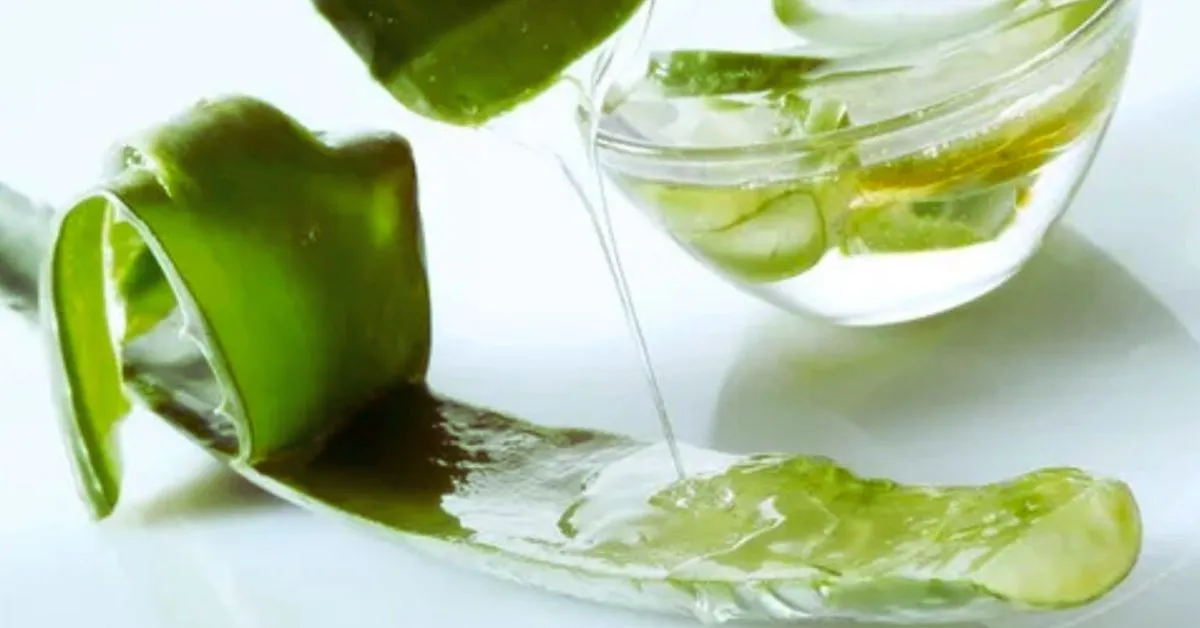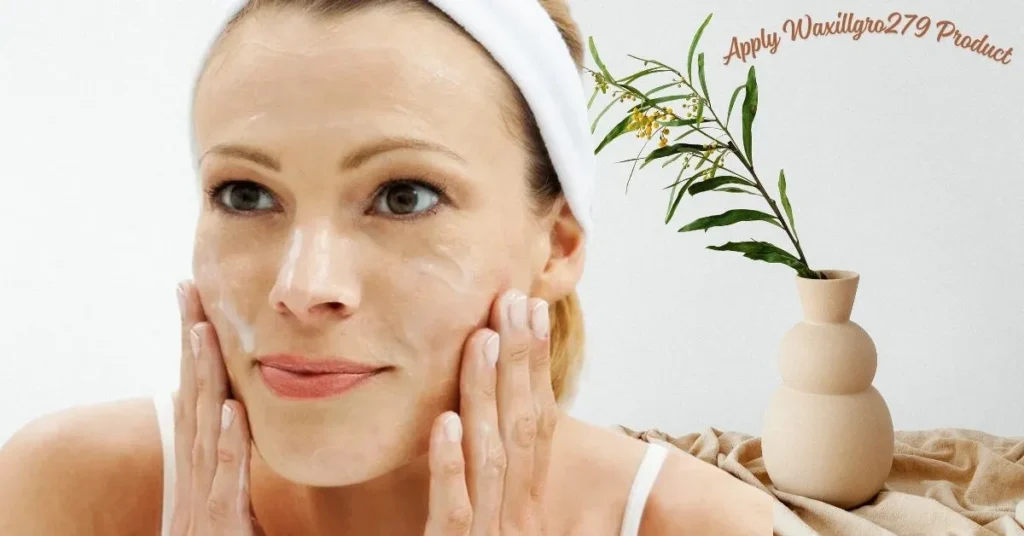Have you heard the buzz around gel ooru? If not, you’re in for a treat. Whether you’re into skincare, spa treatments, traditional art, or natural wellness, this term is popping up everywhere—from luxury wellness retreats to DIY beauty blogs.
So, what is gel ooru exactly?
In simple terms, gel ooru refers to a traditional gel-based herbal preparation used for skin, hair, and overall wellness. It blends ancient art and cultural significance with modern beauty trends, making it a versatile beauty elixir for the modern age.
This article is your comprehensive guide to understanding gel ooru—its origins, uses, health benefits, modern applications, and why it might be the missing link in your body care routine.
Origins of Gel Ooru – A Blend of Culture, Art, and Wellness
The Roots of Traditional Craft
The word “ooru” often refers to village or origin in South Indian languages. In cultural contexts, it implies something native, handmade, and close to the earth. When paired with “gel”, which points to natural plant-based gels like aloe vera or eucalyptus oil, gel ooru becomes a symbol of traditional art meets natural science.
Key Takeaway:
Gel ooru originates from centuries-old traditions that celebrate nature’s healing power, passed down through generations as a trusted herbal remedy.
What Goes Into Gel Ooru? The Natural Ingredients Behind the Elixir
Common Ingredients
- Aloe Vera: Known for cooling, moisturizing, and healing effects.
- Eucalyptus Oil: Soothes inflammation and helps with safe interaction between the skin and biological tissues.
- Neem Extract: Antibacterial and antifungal.
- Turmeric: Anti-inflammatory and adds natural glow.
- Sandalwood: Cooling, aromatic, and spiritual.
- Rose Water: Gentle on the skin and great for hydration.
Why These Ingredients Matter
These natural ingredients are powerful on their own—but together, they create a luxury wellness experience that’s hard to match. Think of gel ooru as a clean slate for your skin and body—free from chemicals and full of goodness.
Health Benefits of Gel Ooru
Skin Care and Moisturizing
- Deeply hydrates and moisturizes
- Reduces acne and blemishes
- Evens out skin tone
- Acts as a gentle cleanser
Hair Care Benefits
- Strengthens hair roots
- Reduces dandruff and itchiness
- Adds shine and softness
- Promotes growth with ingredients like neem and eucalyptus
Nail and Tissue Health
- Moisturizes cuticles
- Soothes biological tissues around nails
- Prevents fungal infections
Applications of Gel Ooru in Modern Life
Skincare Routines
- Use as a morning moisturizer
- Apply before bed for overnight healing
- Mix with turmeric for an anti-acne mask
Spa Retreats and Treatments
Today’s luxury wellness and spa retreats use gel ooru-inspired treatments for facials, massages, and holistic therapies.
Hair and Body Care
- Apply to scalp pre-shampoo
- Rub on dry elbows, knees, or feet
- Safe for full-body massages
Medical Applications
While it’s not a pharmaceutical product, gel ooru is used in traditional medicine for:
- Treating burns and wounds
- Soothing rashes and skin irritation
- Reducing inflammation
The Cultural Significance of Gel Ooru
A Traditional Art Form
In some regions, crafting gel ooru is a cultural ritual. It’s often part of:
- Wedding preparations
- Seasonal beauty care (like Jan-Mar detox routines)
- Spiritual ceremonies
This makes it a living symbol of art culture, connecting body care to ancestral wisdom.
Modern Uses and Global Reach
Coinw Spot and Trading Connections
You may be surprised to find gel ooru popping up in markets like Coinw Spot and even being mentioned in risk diversification articles. Why? Because herbal and wellness products are becoming investment-worthy assets, especially when they’re tied to cultural roots and global wellness trends.
Products and Brands Embracing Gel Ooru
- Organic skin creams
- Hair oils
- Facial gels
- Bath soaks
More brands are focusing on ooru products that respect tradition while delivering modern results.
The Future of Gel Ooru
Multi-Copy Benefits for Wellness Brands
From small handmade businesses to luxury spa chains, gel ooru is a great addition to product lines. Its versatile applications make it ideal for:
- Organic beauty startups
- Ayurvedic product ranges
- Eco-conscious hair and skincare lines
Clean Beauty and Safe Interaction
One major reason gel ooru is trending is that it offers a safe interaction with sensitive skin types, avoiding harsh chemicals and allergens.
Why You Should Try Gel Ooru Today
- It’s a natural, affordable beauty solution
- Fits easily into your daily skin and hair care routines
- Combines tradition, beauty, and wellness
- Backed by centuries of use and love
Whether you’re 15 or 50, gel ooru works gently yet effectively. It’s not just a trend—it’s a return to roots, a tribute to timeless beauty through ancient methods.
Conclusion – A Clean Slate With Ancient Wisdom
Gel ooru is more than a gel. It’s art, it’s culture, and it’s a wellness philosophy that celebrates nature and the body. With a rich history rooted in traditional medicine and a growing global presence in spa retreats and luxury treatments, it’s the ultimate herbal remedy for skin, hair, and holistic care.
Add gel ooru to your routine, and you’re not just applying a product—you’re applying centuries of wisdom to your skin.
FAQ: Your Quick Gel Ooru Answers
What is gel ooru?
Gel ooru is a natural, gel-based product made with ingredients like aloe vera, neem, turmeric, and eucalyptus. It’s used for skincare, hair care, and wellness.
Is gel ooru safe for all skin types?
Yes. It’s made from natural ingredients and offers a safe interaction with all skin types, especially sensitive skin.
Where can I find gel ooru products?
You can find them at organic beauty stores, Ayurvedic wellness shops, and online marketplaces that sell traditional Indian remedies.
How do I use gel ooru for my hair?
Apply it to the scalp 30 minutes before shampooing, or use it as a leave-in conditioner to add shine and moisture.
Can gel ooru help with skin conditions?
It can soothe dryness, reduce acne, and help with minor skin irritations, thanks to its healing herbs like neem and aloe vera



